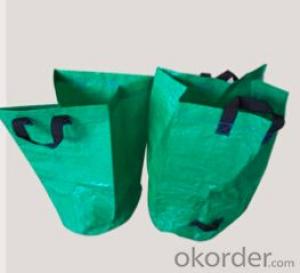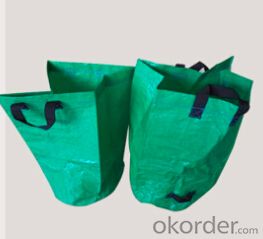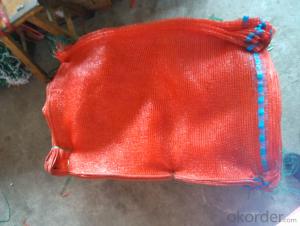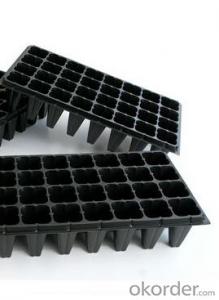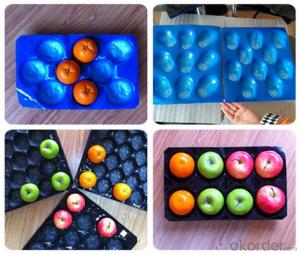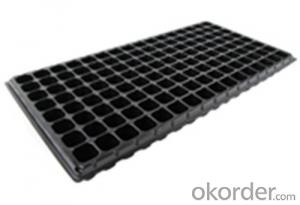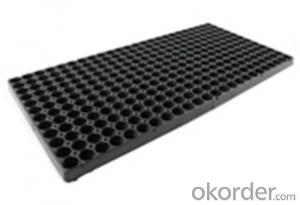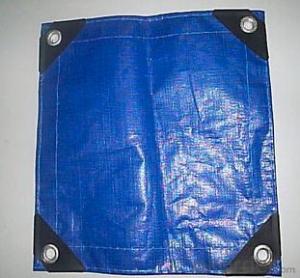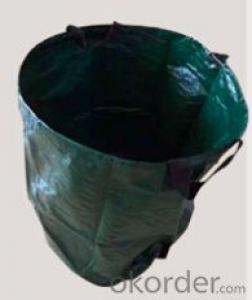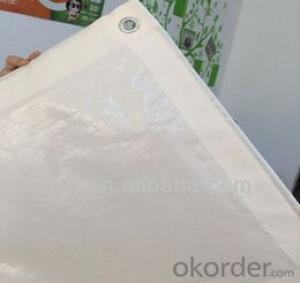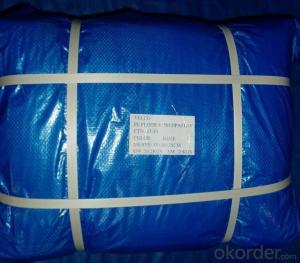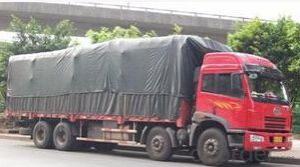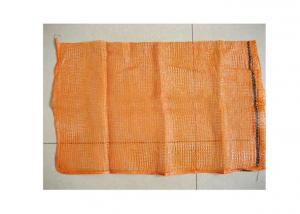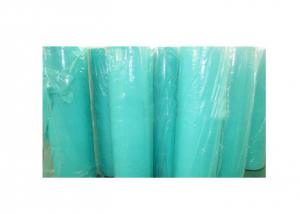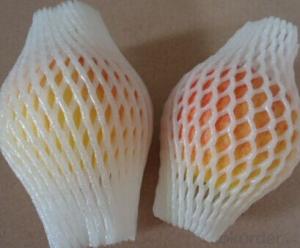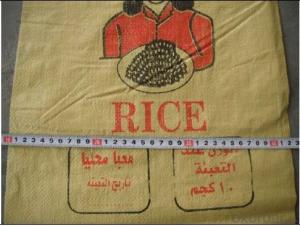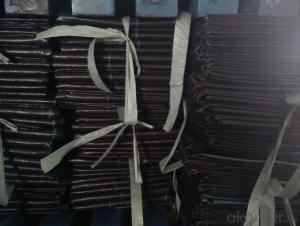Waterproof Tarpaulin Shoulder Bag
OKorder Service Pledge
OKorder Financial Service
You Might Also Like
Applications:
a. Collecting light materials.(leaves,cuttings, lawnthatch and weeds etc)
b. Used collecting waste paper, recycling and laundry.
c. Used for storing small quantities of heavier materials.
d. It can be endless used around the home , garden and workplace.
Detailed Description:
Product:PE Tarpaulin Bags
Material:PE /PP
Pattern: Coated
Coated Type :LDPE Coated
Density:50gsm~280gsm
size:any size available
Color :Green(according to customers’ requirements)
Our Advantages:
1.Our company is devoted to making PE/PP tartaulin products for many years.
2.We have collaborated with many customers from the other countries.
3.We have well-trained team in order to develop our products.
4.The quality of our products has reached the national standards.
Why Choose Us:
Our company have an excellent sales and production team.
(1) Our professional staff are able to recommend you the perfect choices according to your specific need.
(2) Our experienced shipping coordinators can help you to solve delivery issues, including shipment, customs clearance.
(3) Our professional workers will produce the perfect products to meet your request.
(4) Well-trained & experienced staff are to answer all your inquiries in English of course.
(5) Your business relationship with us will be confidential to any third party.
- Q: Are there any ground cover plants that are suitable for heavy clay soils?
- Yes, there are several ground cover plants that are suitable for heavy clay soils. Some examples include creeping thyme, creeping juniper, bugleweed, and periwinkle. These plants are known for their ability to tolerate and thrive in clay soils, making them ideal choices for providing ground cover in such conditions.
- Q: What are the best ground cover plants for shady areas?
- Some of the best ground cover plants for shady areas include English ivy, pachysandra, lamium, hosta, and ferns. These plants are known for their ability to thrive in low-light conditions and provide excellent coverage for bare soil in shady areas.
- Q: Are nursery trays suitable for starting a rock garden?
- No, nursery trays are not suitable for starting a rock garden. Rock gardens typically require well-draining soil and ample space for rocks to be placed and arranged. Nursery trays are designed for seedlings and have limited depth and space, making them unsuitable for rock gardens.
- Q: How does ground cover impact the overall water retention of a garden?
- Ground cover can have a significant impact on the overall water retention of a garden. By providing a protective layer over the soil, ground cover helps to reduce evaporation and runoff, allowing more water to be absorbed and retained in the garden. Additionally, certain types of ground cover, such as mulch or plants with deep root systems, can enhance soil structure and increase its capacity to hold water. Overall, choosing the right ground cover can greatly improve water retention in a garden, leading to healthier plants and more efficient water usage.
- Q: What are some ground cover options for erosion control?
- Some ground cover options for erosion control include grasses like Kentucky bluegrass or fescue, as well as spreading plants like creeping juniper or vinca minor. Other options include ground-hugging shrubs like cotoneaster or English ivy, and low-maintenance alternatives like clover or moss.
- Q: Whenever I heat plastic, it hardens after it cools and becomes brittle. How do I stop that from happening or what do I mix it ?
- It will depend on the type of plastic. Basically most plastics are amorphous, that is they have little or no crystalline structure. This gives them a broad range of melting or soften points. When you heat a plastic and cool it slowly it give the polymers more time to align and they become more crystalline. Crystalline structures tend to have narrower melt and softening points and hence tend to brittleness. This is a general comment, as I said the properties will differ depending of the plastic and the glass transition temperature. More info is required to be more specific.
- Q: What are nursery trays used for?
- Nursery trays are used for sowing and cultivating plants in a controlled environment, typically in a greenhouse or nursery setting. They provide a suitable container for germinating seeds or rooting cuttings, allowing for easy transplanting and efficient use of space.
- Q: is there is any graph which shows phase transformation of plastic after heating then cooling.
- confusing issue. browse with search engines like google. that could actually help!
- Q: I am looking to replace some spray paint off plastic surface, the plastic is pretty soft I don't want to damage it.
- It depends on both the plastic and the paint. Most spray paints cannot be easily removed from plastic, but if it's the right kind of plastic, you can put nearly any solvent on it. The best approach is to start with the less aggressive ones, like mineral spirits and goo-gone, and apply a little solvent to a spot that doesn't show. Let it sit there in a drop for a few seconds and wipe it off. If it leaves a hazy or sticky spot, then that solvent will definitely dissolve the plastic. If it wipes cleanly off, it's probably safe to try. If you have no luck you can move on to methyl ethyl ketone (MEK), acetone, and even gasoline, but these are the ones that melt most plastics. If it's a copolymer or resin, then you might be okay with just about any kind of solvent.
- Q: Can ground cover plants be used to create a natural-looking border along water features?
- Yes, ground cover plants can be used to create a natural-looking border along water features. Ground cover plants provide a low-growing, dense coverage that helps to soften the edges of water features and blend them seamlessly into the surrounding landscape. They also help to prevent erosion, retain moisture, and provide habitat for beneficial insects and wildlife. Overall, ground cover plants are an excellent choice for creating a natural and visually appealing border along water features.
Send your message to us
Waterproof Tarpaulin Shoulder Bag
OKorder Service Pledge
OKorder Financial Service
Similar products
Hot products
Hot Searches
Related keywords
